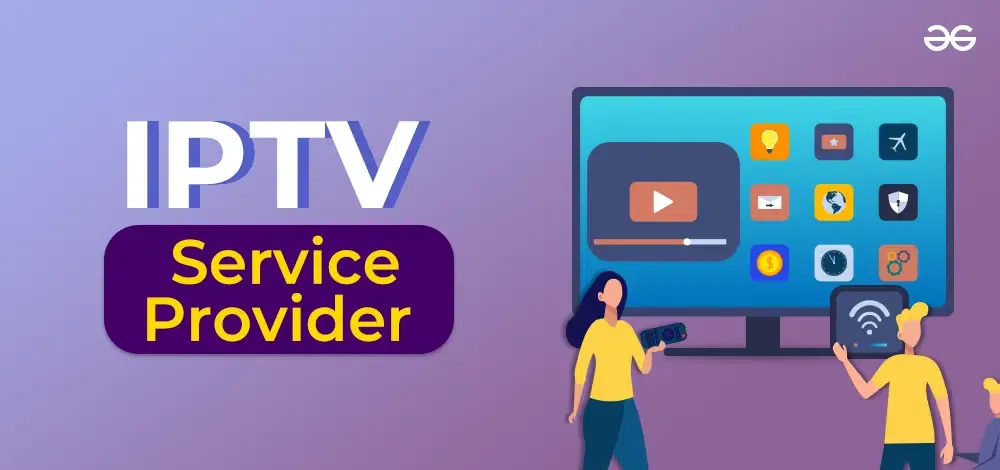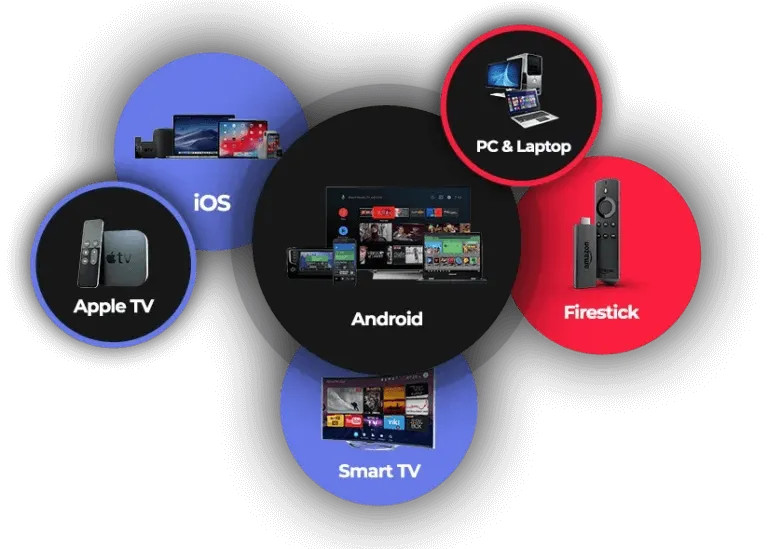Unlock Unlimited Entertainment: Get Your IPTV Subscription Today!
Unlock Unlimited Entertainment: Get Your IPTV Subscription Today!
Blog Article
Just How IPTV Functions: A Step-by-Step Guide to Web Protocol Tv Technology
Internet Procedure Tv (IPTV) has actually transformed the means we consume television content, offering a new world of opportunities with the power of the internet. Recognizing the complexities of how IPTV functions can clarify the modern technology that drives this innovative type of media shipment. From the essential concepts of IPTV to the complex process of web content shipment, each step plays an important role in making sure a seamless watching experience. In this overview, we will reveal the underlying mechanisms that make IPTV a fascinating combination of innovation and amusement.
IPTV Basics
In recognizing IPTV essentials, it is pivotal to understand the basic functions of this innovation in delivering tv content online. IPTV, which means Internet Method Television, uses Internet Protocol (IP) networks to transmit tv material to customers' tools. Unlike traditional techniques of relaying tv content via wire or satellite signals, IPTV streams media via high-speed web links.

Additionally, IPTV permits interactive capabilities, such as video clip as needed (VOD) and digital program overviews (EPG), improving the individual experience by providing even more control and adaptability in accessing content. Generally, comprehending the essentials of IPTV establishes the foundation for discovering its advanced performances and the benefits it provides to modern tv usage.
Content Delivery Process
Efficient content delivery in IPTV systems includes a well-structured process that ensures smooth transmission of television web content over IP networks. The content delivery process in IPTV starts with the creation of the video web content, which is then inscribed into digital layout suitable for IP transmission. This inscribed material is then securely saved on web servers referred to as media servers. When a viewer demands specific material, the IPTV system retrieves the asked for information from the media servers and provides it to the viewer's gadget over the internet.

Middleware Performance
With the assimilation of middleware, IPTV systems gain improved performance that improves customer interaction and material monitoring. One of the vital functions of middleware in IPTV is to enable tailored individual experiences by giving features such as interactive program overviews, video-on-demand services, interactive advertising and marketing, and user preferences management.

Device Compatibility
Provided the critical function of middleware in allowing seamless interaction and content management in IPTV systems, a vital facet to take into consideration is the Click Here compatibility of tools utilized for accessing the IPTV services. Device compatibility is important for guaranteeing a smooth individual experience and optimal performance when accessing IPTV web content.
In the context of IPTV, tool compatibility describes Full Article the capability of a device to efficiently interact with the IPTV solution, show content correctly, and sustain the needed procedures and codecs for streaming video content over the internet. Various gadgets, such as smart Televisions, set-top boxes, smart devices, tablet computers, and computers, may have differing levels of compatibility with IPTV services.
To make sure a seamless viewing experience, it is very important for customers to select devices that work with the particular IPTV solution they are using. Additionally, IPTV service carriers should offer support for a variety of tools to provide to the diverse demands of their individual base. By focusing on tool compatibility, both customers and provider can boost the total you can try here IPTV experience.
Quality of Service (QoS)
Taking into consideration the important role of keeping a high requirement of efficiency and dependability in IPTV systems, making certain constant Top quality of Service (QoS) remains an essential facet of the individual experience. QoS in IPTV describes the ability of the system to provide web content with minimal disturbances, high resolution, and fast packing times. To accomplish optimal QoS, various elements require to be attended to. Network transmission capacity is important to sustain top quality video clip streaming without buffering or pixelation. In addition, latency, jitter, and packet loss have to be minimized to improve the checking out experience.
Provider utilize QoS mechanisms such as traffic prioritization, buffering, and mistake improvement to keep a steady IPTV solution. By focusing on IPTV website traffic over much less time-sensitive data, service providers can make certain smooth playback also throughout height usage hours. Buffering helps make up for network changes, while error adjustment techniques boost information integrity.
Continuous surveillance and optimization of QoS specifications are important to adjust to changing network conditions and customer needs. Ultimately, a robust QoS framework is crucial for supplying a smooth and pleasurable IPTV experience to customers.
Verdict
In final thought, IPTV runs through the transmission of tv web content over internet procedure networks. High quality of Service plays a vital role in preserving the effectiveness and integrity of IPTV services - IPTV subscription.
Report this page